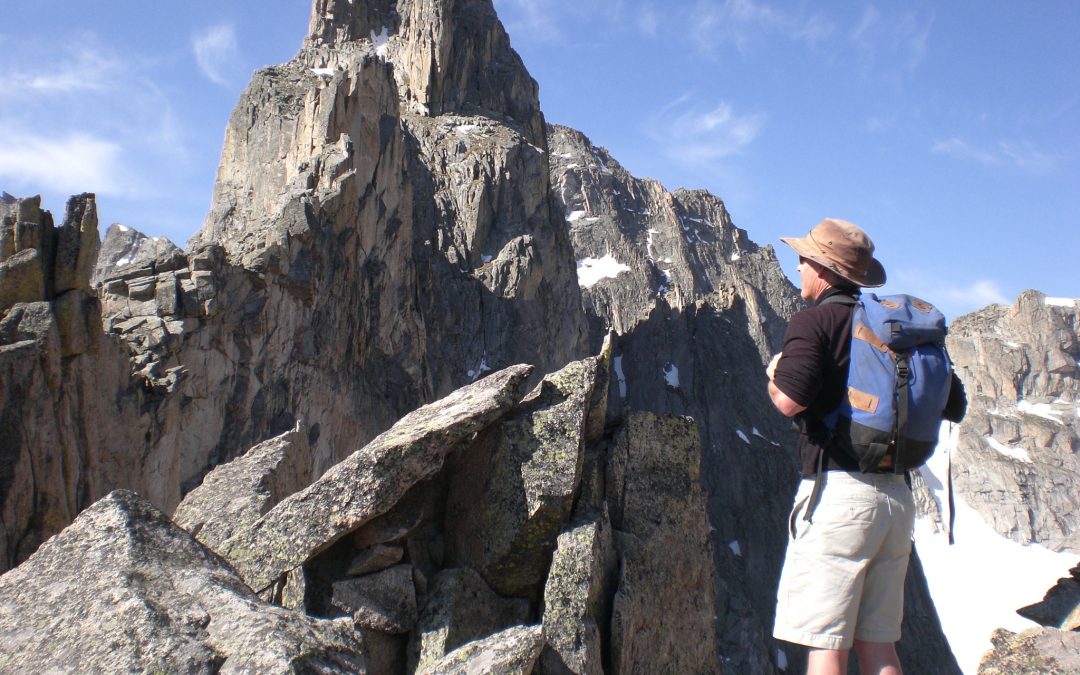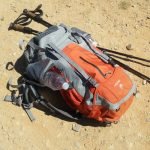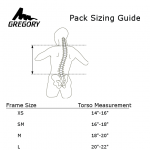Mountains that have sections of 4th class present different challenges than peaks that are simple walk-ups. These mountains can be safely climbed by anyone with average athleticism if the proper care is taken. Freedom in the hills is liberating, learning or improving your mountain skills can open so much new terrain.
The following protocol will make traveling into 3rd and 4th class mountain terrain much safer:
- Route selection – Picking a mountain and route that will provide challenge and can be done within the degree of risk you are willing to take is the first step. Because of the amount of information on the Internet and guidebooks about mountains, it is easy to find information on thousands of mountains.
- Know the route – Learn the mountain before you go, thoroughly understand the objective.
Don’t rely on technology, have a hard copy map or topo.
What does the peak look like from the trailhead?
What landmarks are nearby?
In case of emergency, are there shortcuts off the mountain? - Understand the crux – Know where the crux of the route is. Is there more than one crux?
Know what type of scrambling to expect, really understand what you are getting into.
Examine the crux before you climb it, the goal is to climb it using the best holds and with the best sequence , you want to make this section as easy as possible. - Route Finding – Non technical routes up mountains are a patchwork of ledges, talus slopes, weaknesses through big features. On popular routes, cairns will mark the route. Never rely on cairns Finding and climbing the right way up is the most critical skill to have to be safe in the mountains.
Part of Route finding is constant Terrain Reconnaissance. Scope the route ahead. Each step matters. Each handhold matters. Look for the best holds for your hands and feet.
Where you are in relation the big features of the mountain?
Are some areas safer than others?
Where is the most stable rock?
- On mountain risk assessment – This is a dynamic metric that is always turned on when moving through mountainous terrain.
Is the trail in optimum conditions or has snow/ice/water changed the conditions?
Is the weather holding? Are you getting tired? Is your partner getting tired?
Watch for hikers/climbers above you – this raises the risk and falling rock. Use caution when approaching other parties from below, assume everyone is stupid and will knock a rock on you.
Always be reevaluating the risk: Is the risk worth the reward? Everyone has a different level of risk they are willing to take while in the mountains.
- Never make a move you cannot reverse – Don’t climb into a situation you can’t climb out of. Fourth class terrain is relatively easy scrambling, if a moves feels hard, many times that is the best indicator you are off-route. Don’t over commit. This applies to retreating and down climbing as well. If descending the mountain via a different route or shortcut, do not climb or jump into a situation that cannot be climbed up, the route you’re on may cliff out and you may need to retrace your steps.
- Check in with partner regularly – Chat about route options, landmarks, weather & how you’re feeling.
- Always be thinking about the descent. Discuss landmarks and tricky spots in the route so you don’t go the wrong way on the descent. The commitment to the mountain does not end at the summit, you have get back down through the crux. If it rains while you are above the crux, will you safely be able to down climb it wet?
- Bailing is always an option – Weather changes fast. Gear can break. Getting off-route happens. The mountain will always be there for another try.
- Be willing to “Go For It” – If everything looks good, just send it.
Always practice the basics of safe mountain travel:
- Start early
- Know the weather
- Consume a steady stream of calories
- Have the right gear but travel light
- Pre-hydrate the night before & stay hydrated
- Carry the 10 Mountain Essentials
This is part three of a series of blogs dedicated to improving mountain skills.







